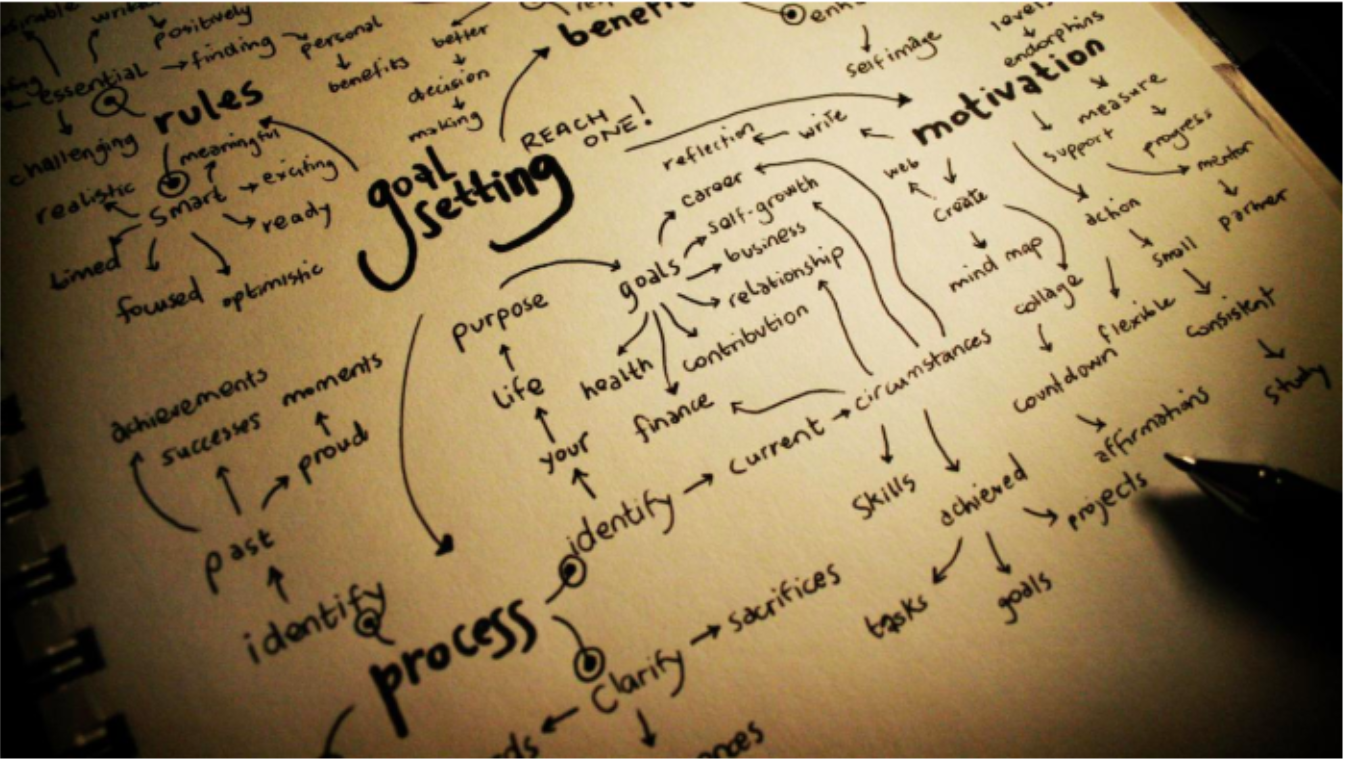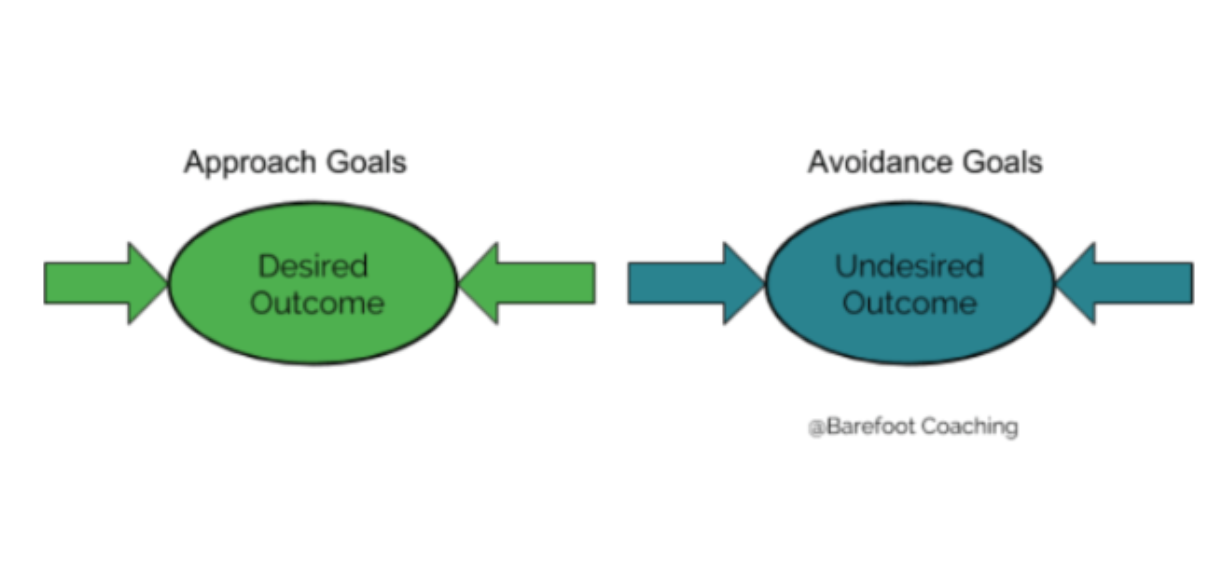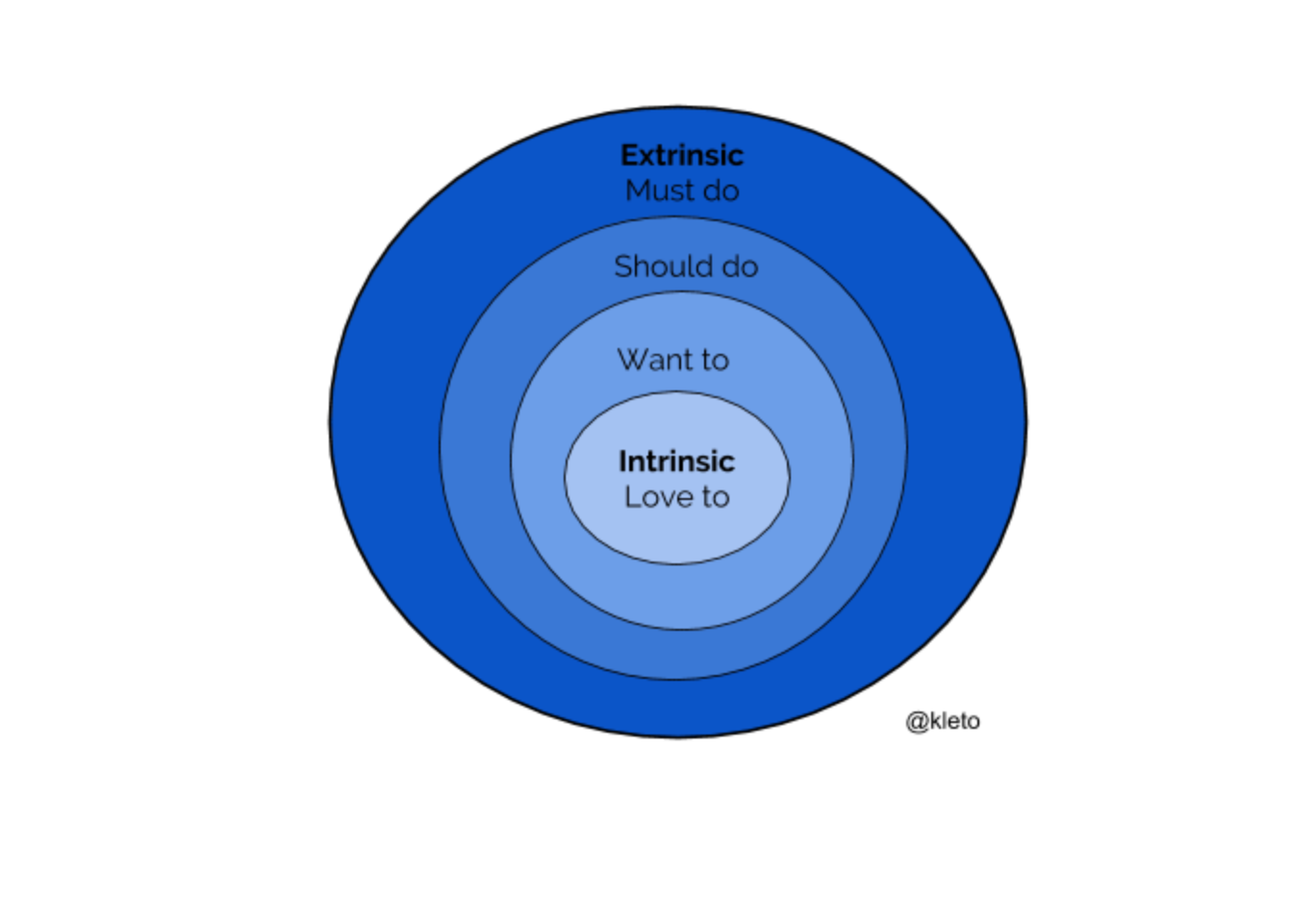Goals Gone off the Rails? Here are 3 Ways to Get Back on Track
Photo credit: Angie Torres, FLICKR
Why goals get dropped
According to the US News and World Report, 80% of New Year resolutions fail by February — so if you’re like the majority of us, those well-intentioned, heartfelt goals you set earlier in the year have made very little impact on your life.
Why?
One key reason is simply that we’re typically not focused on goals that are really meaningful — for ourselves (most importantly), but also for the people around us in our teams and our organisations.
I often hear clients list all the things they’d like to achieve over the next three, six, or 12 months. A few of the most common that I’ve heard recently include:
mastering a new method or skill (design sprints are popular again this year)
creating a community of practice for their organisation
getting a promotion
finding a new job
getting a certification (be it scrum, agile, product, coaching … you name it)
improving presentation skills and speak at more/bigger/higher-profile events
starting a podcast or being on a podcast
hitting a specific metric (revenue/users/conversion, etc)
writing a book
reading more industry news and books
The list goes on and on — showing once again that our product community is made up of people who push themselves, are curious, and have a learning mindset. And with research showing that people who set goals are more likely to succeed than those who don’t, we should be all good… right?
With up to 80% of us dropping these kinds of goals before two months have passed, I’d say not.
When thinking of goals for the year, do we ever stop and ask ourselves “why?”
Why do I want to start a podcast or write a book? Is it for the limelight? Is it because everyone is doing it?
Why do I want to focus on getting a promotion? Because I think I deserve it? To feed my ego? More money?
None of these are bad things to focus on or horrible reasons why. But there is often a disconnect in what we think we need to do — for ourselves, our team, or our business — and why we’re doing it. And that is likely why those goals and resolutions are long gone just 30 days into the new year.
Not all Goals are Created Equal
There is an expansive, intriguing world that exists around the topic of goals that goes way beyond the standard SMART goals we often ask our teams to create throughout the year.
In fact, research shows that SMART goals are actually not as helpful as we may think, as they focus our attention on specific tasks rather than outcomes.
For example, I’ll hire two people this quarter. I’ll speak at three conferences. I’ll be on five podcasts by July. SMART goals give us something to aim for, but don’t encourage us to think about the reasons why we’ve created the goal in the first place and the outcome we really want to achieve (both key areas of focus for motivation and progress on your goals.)
Research shows that there are over 20 types of goals — and that the meaning, intention, even the wording of a goal can make a difference if it’s achieved and how we will feel when we smash it.
Here are three questions you can ask yourself when re-examining your goals:
1. Are you moving towards a positive outcome, or away from a negative one?
Research into Approach goals and Avoidance goals shows that if we frame our goals as a positive (Approach), we have a better chance of success and feeling positive about the experience. An Approach goal brings us towards a desired outcome. An Avoidance goal moves away from an undesired outcome.
Approach goal:
“Be more appreciative of my CTO’s actions.”
Avoidance goal:
“Avoid arguing with the CTO.”
(Nothing personal with CTOs … for example purposes only!)
Pioneers into the area of Approach and Avoidance goals, psychologists Andrew Elliot and Ken Sheldon, have found that Avoidance goals lead to feelings of diminished personal satisfaction and lower levels of self-esteem — perfectly good reasons to not push forward with the goal — and often leading to procrastination and failure.
On the flip side, research from Anthony Grant and Gordon Spence shows Approach goals are associated with greater well-being, better performance, higher self-esteem and optimism — all good things that push us forward to accomplishing our goal.
Take a look at your own goals. Are you moving towards something positive or away from something negative? With your goals reboot, shift your thinking away from Avoidance and towards Approach.
2. Are you trying to be “the smartest” person in the room or do you have a desire to “get smart?”
As we’ve grown up, many of us have most likely adopted Performance and Learning goals as a byproduct of the schooling we’ve received, and have brought these goal types with us to work and life as an adult.
Stanford University psychologist Carol Dweck has defined Performance goals versus Learning goals in the following way:
Performance goals are about “winning positive judgments of your competence and avoiding negative ones. In other words, when students pursue performance goals they’re concerned with their level of intelligence: They want to look smart (to themselves or others) and avoid looking dumb.” A person usually does this by playing it safe.
Learning goals are ones that are about increasing your competence. “It reflects a desire to learn new skills, master new tasks, or understand new things — a desire to get smarter.”
As an example, a performance goal might be something like:
“I want to be the best product manager in e-commerce.”
While creating the goal to aim for is worthwhile, the chance of actually making that goal a reality is far outside our control and I’d imagine an impossible challenge to try to achieve. How would you go about doing this? How could you explicitly say that you “are the best?”
By restating the goal as a Learning goal (also known as a Mastery goal) — “I want to learn how to be the best product manager in e-commerce” — the goal becomes geared toward learning what it takes to become a leading product manager, not achieving a specific set of tasks.
This slight shift in wording is actually a big shift in intention, and makes a world of difference when sensing whether or not we’re making progress towards achieving the goal.
As Dweck says, by focusing on learning instead of performance, “failure is likely to provoke continued effort.”
For that reason, Learning goals are also recommended for our teams — as they give the team a platform for collaboration and learning together.
For example, an e-commerce product team focused on conversion may switch from a
SMART/Performance goal
“Increase basket conversion by 25% in Q1”
To a Learning goal:
“Learn how A/B testing could impact our conversion rate.”
The Learning goal example gives so much more space for trial, error, and experimentation to drive our progress towards this goal.
3. If it’s not meaningful, why do it? (Well, you probably won’t!)
While the wording of the goal statement itself is important, a more significant area to focus on when creating goals is how personal a connection you feel towards it.
Studies show that the goals we feel passionate about — those that are aligned with our personal values, motivations and beliefs — will be the goals that we most likely make more progress on. We’ll be more engaged with the goal, more motivated to achieve it, and will have a greater chance of enjoying the progress we make while working towards the goal.
These are often based on intrinsic motivations (things we enjoy, find interesting and are passionate about) and described as self-concordant goals. Research again from psychologists Sheldon and Elliot into self-concordant goal theory found that we often put more energy and effort into achieving these goals because they simply resonate more with us. These are goals that we create because they help us achieve what WE really want — not what someone (e.g. a manager or boss) tells us to shoot for.
Intrinsically motivated, self-concordant goals are ones that we want to achieve — not that we must achieve. There’s a big difference!
Take a look at your goal, where do they fit on the motivation wheel above? Are you being told that you must do them (hire five new people this quarter) or do you want to do them (learn how to grow my team to make it the best it can be.)
Before you throw out those old goals entirely …
Take one more look at them. Are they working towards something positive? Do they encourage learning? Do they connect with you intrinsically?
It’s never too late for a re-boot!
Resources
Grant, A. M. (2006). An Integrative Goal-Focused Approach to Executive Coaching. In D. R. Stober & A. M. Grant (Eds.), Evidence-based coaching handbook: Putting best practices to work for your clients
Anthony Grant & Gordon Spence (2009). Using Coaching and Positive Psychology to Promote a Flourishing Workforce: A Model of Goal-Striving and Mental Health.
Andrew Elliot and Ken Sheldon. Goal Striving, Need Satisfaction, and Longitudinal Well-Being: The Self-Concordance Model
Barefoot Coaching, PG Certification Curriculum
Subscribe to Product Leadership Essentials
Sign-up to my email newsletter to learn more about how to better understand and build your authentic Product Leadership skills.



